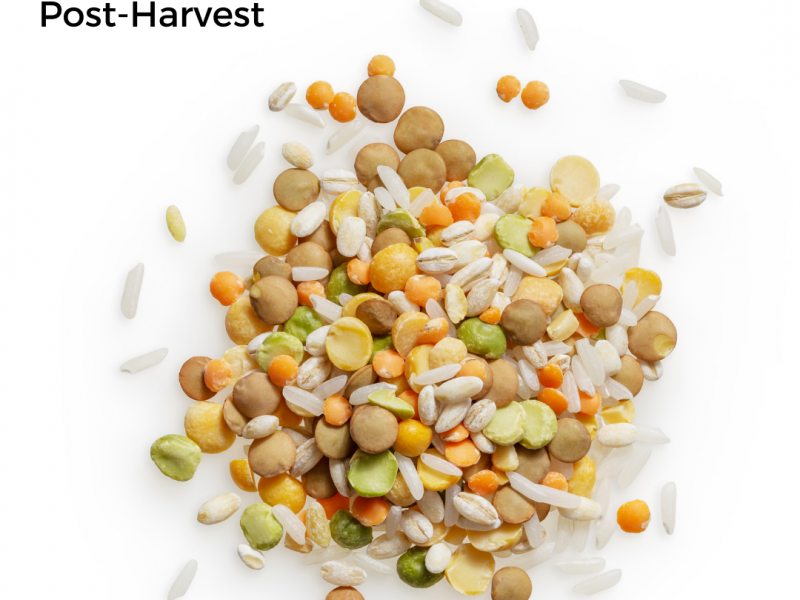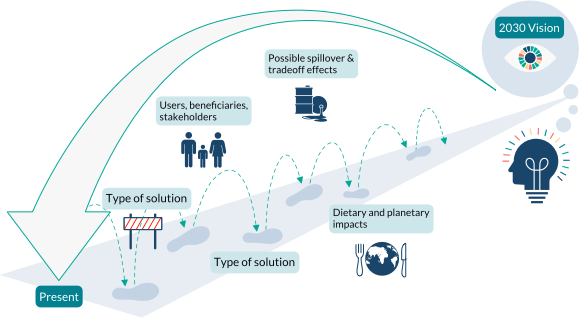Post-harvest food fortification

Description of the innovative solution
Grains, such as corn, wheat, and rice -- known as staple grains -- are the foundation of diets in low-income communities in developing and emerging economies. During the milling process, staple grains are grinned and crushed and loose various nutrients essential to human health. A reliable source of micronutrients is required for optimal dietary requirements. This innovation proposes fortifying staple crops through IT- enabled micro-feeders for fortification directly during the milling process. This solution could enable families who bring their own grains for milling to have direct access to...
Grains, such as corn, wheat, and rice -- known as staple grains -- are the foundation of diets in low-income communities in developing and emerging economies. During the milling process, staple grains are grinned and crushed and loose various nutrients essential to human health. A reliable source of micronutrients is required for optimal dietary requirements. This innovation proposes fortifying staple crops through IT- enabled micro-feeders for fortification directly during the milling process. This solution could enable families who bring their own grains for milling to have direct access to fortified micronutrients, and would further increase the nutrient density of local diets. In addition, the IT integration could enable real-time data and enhanced monitoring of fortification to ensure surveillance.
Examples and additional resources
Real-world examples
See this solution in action in different contexts and settings around the world
Additional resources
Learn more about this solution through studies, articles, business cases, and other information
Contacts
Connect to others working on and with this solution around the world
Pathways to uptake
Engage with our “backcasting tool” to imagine and design “pathways to uptake” for this solution in your setting.
This process involves defining a future vision of this solution being used in your context, and then working “backwards” to identify necessary steps to achieve this vision by 2030. Going through this exercise as an individual or with a team can help to clarify the WHAT/WHEN/HOW of moving a solution (or package of solutions) towards having major impact. We hope these pathways will inspire outside-of-the-box thinking, creative approaches, and actionable concrete steps to move ideas into action.
Pathway builder
Explore pathways for this solution
Be the first one and add a pathway for this solution!